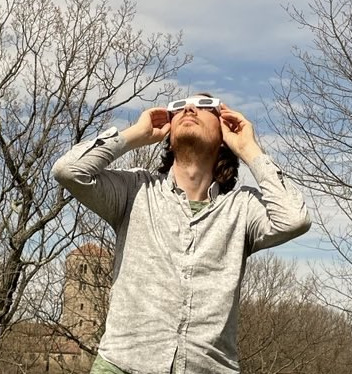Retrospective evaluation of school-related measures on pre-vaccination transmission dynamics of SARS-CoV-2.
Published in BioRxiv, 2025
We retrospectively compare school-closure scenarios for the SARS-CoV-2 pandemic in Portugal.
Recommended citation: Canfora B. et al. (2025). "Retrospective evaluation of school-related measures on pre-vaccination transmission dynamics of SARS-CoV-2." BioRxiv.
Download Paper
